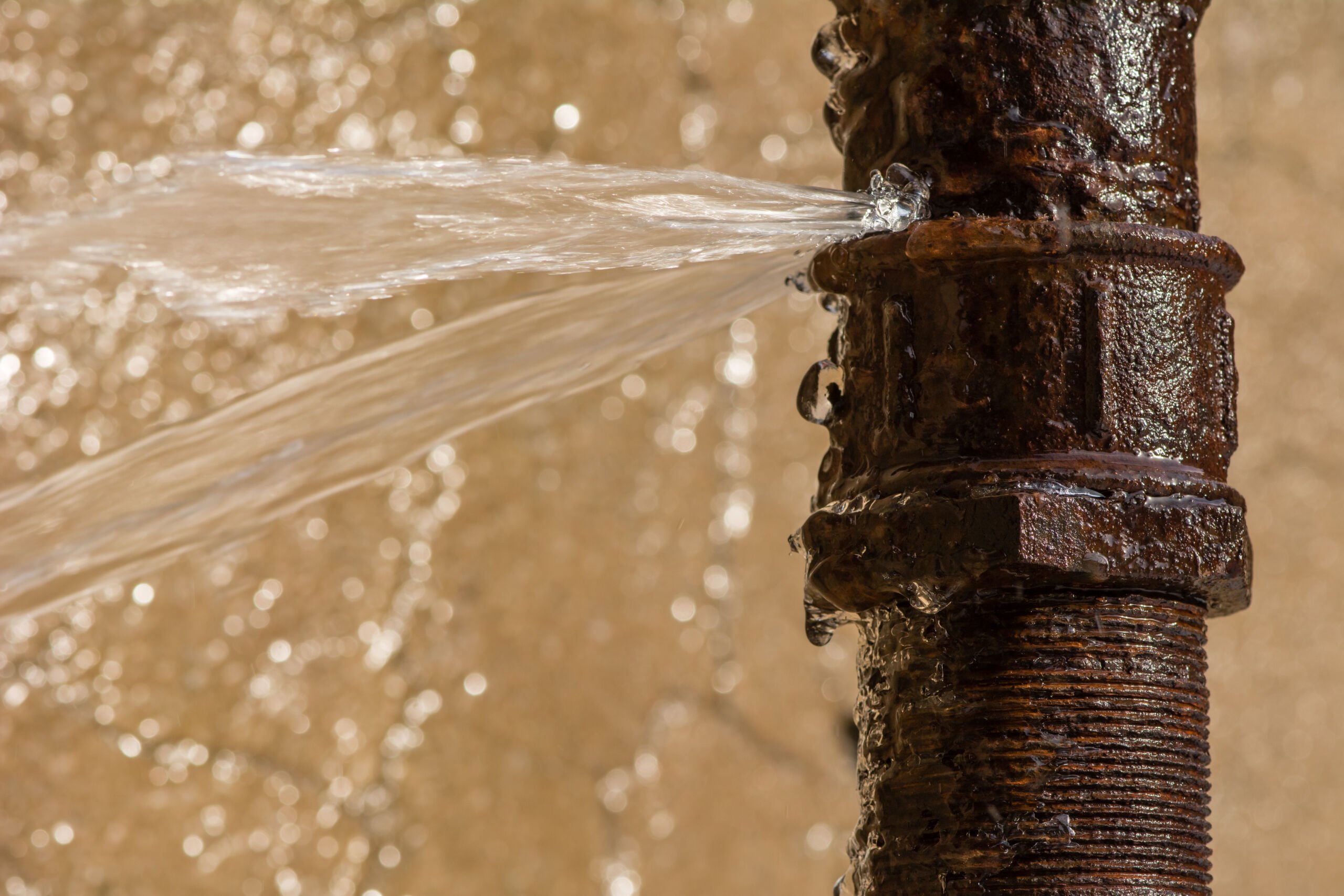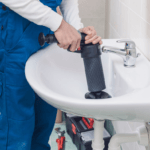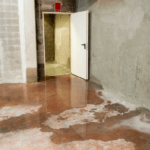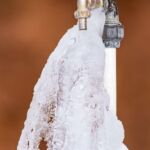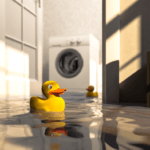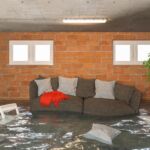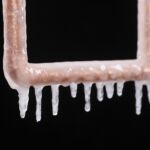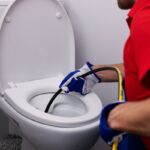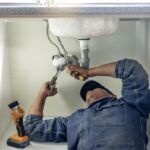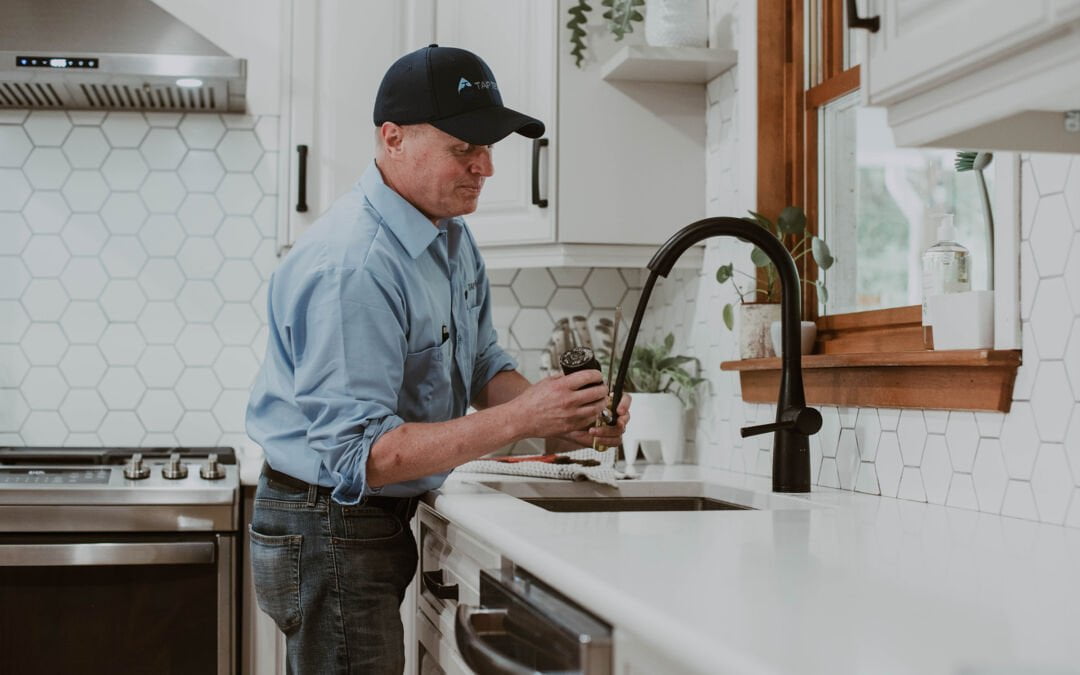
Does One Dripping Faucet Really Prevent Frozen Pipes?
Is it true that a dripping faucet could help prevent frozen pipes? Many of us have heard that having one dripping faucet in your home will prevent the rest of them from freezing over. Is this just an old wives’ tale—or is there some truth to it? It turns out that this is one of those cases where a little science can help you figure out whether your faucets might freeze over and cause some damage to your pipes.
Why do pipes freeze?
When water freezes, it expands. This is why a bottle of water will shatter or misshapen if you leave it in the freezer too long. Water expands, even more, when it’s cold outside, and frozen pipes are no exception.
When the air temperature is below 40°F (4°C), which can happen even in Florida winters, you can get frost inside your pipes—which means ice. The colder the temperature gets, the faster this happens: as temperatures drop below 32°F (0°C), for example, frost will form within about 8 hours; at 12°F (-11°C), frost forms in about 3 hours; at 25 °F (-4 °C) frost forms after 1 hour; and at 20 °F (-6 °C) ice starts to form within 15 minutes!
What to do if your pipes freeze?
In the event that your pipes freeze and you need to thaw them, here are a couple of options.
- Use a hair dryer or heat lamp. This is what we recommend for small areas—if you have an ice-dammed pipe and need to thaw it, you can use either method depending on whether the area is plastic or metal.
- For plastic pipes, particularly those in an unfinished basement or garage, try using a hair dryer to heat the area where water has frozen in your line. If there’s no outlet nearby (or if it’s getting too hot), consider using a portable heater—a heat lamp works well here! Make sure not to put any flame near flammable materials like carpeting; instead, place some foil underneath whatever object is closest so that no flames will come into contact with anything else inside your home.
A dripping faucet can prevent frozen pipes in certain situations.
While a dripping faucet can prevent frozen pipes in certain situations, it’s not the best solution for avoiding frozen pipes overall.
First, a dripping faucet isn’t a permanent solution—it’s only temporary. The moment you stop the drip, your water lines will freeze again. This can be dangerous if you’re relying on this method to keep your pipes from freezing during an extended power outage or in another situation where no one will be able to monitor the water levels in your home.
Second, a dripping faucet is not a substitute for insulation. While it may help protect against some types of damage caused by extreme cold (like burst pipes), it won’t prevent all issues related to freezing temperatures. This tactic may not even slow down their effects enough to give you time to act before things get too far gone! Additionally, insulation isn’t enough on its own: You also need heating inside your home to prevent pipes from bursting and ensure that all rooms are warm enough during those long winter nights ahead!
If you have any questions about frozen pipes or how to prevent them, we’d love to help! Our experts are here 24/7 to assist you with any concerns. Call us today at 343-305-1172.

